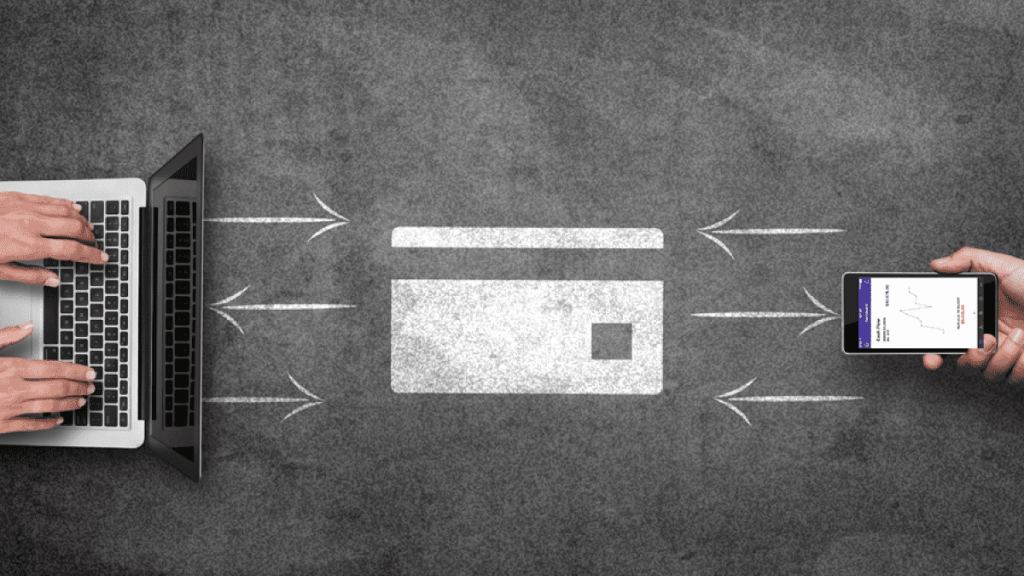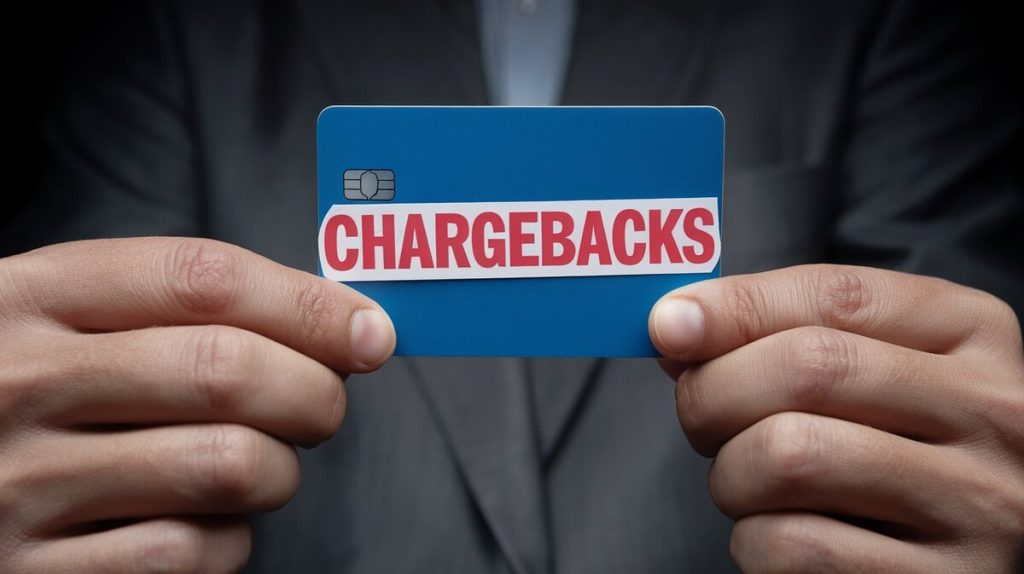Chargebacks are a significant issue for businesses, particularly in e-commerce. They occur when a cardholder disputes a transaction, forcing the bank to reverse the payment, often without the merchant’s consent. Understanding and managing chargebacks is crucial, as they lead to lost revenue, fees, and potential penalties.
What Are Chargebacks?
A chargeback is a forced reversal of a payment, initiated by the cardholder’s issuing bank. Chargebacks were designed to protect consumers from fraudulent transactions, but they now present a serious issue for businesses. According to Visa and Mastercard, chargebacks cost merchants billions of dollars annually. Not only do they lose the sales revenue, but they also incur fees ranging from $20 to $100 per chargeback. Furthermore, a high chargeback ratio—typically over 1%—can result in penalties from payment networks.
Chargebacks typically arise for several reasons:
- Fraud: The transaction was unauthorized or fraudulent.
- Product/Service Issues: The product didn’t arrive or wasn’t as described.
- Clerical Errors: Duplicate charges or incorrect amounts.
Common Causes of Chargebacks
To minimize chargebacks, it’s important to identify their root causes. Data from payment processors like Checkout.com and Stripe highlights the primary reasons:
| Cause | Percentage of Chargebacks |
|---|---|
| Fraudulent Transactions | 45% |
| Product/Service Issues | 30% |
| Unrecognized Charges | 15% |
| Duplicate Billing | 10% |
- Fraudulent Transactions: These occur when someone uses stolen card information. Merchants have no choice but to return the funds, despite the loss of the product or service.
- Product or Service Discrepancies: Chargebacks often happen when a customer claims that the product wasn’t delivered or was defective.
- Unrecognized Charges: If the customer doesn’t recognize the business name on their bank statement, they may dispute the transaction.
- Duplicate Billing: Sometimes customers are charged twice, prompting a chargeback.
To address these issues, businesses should streamline their customer service, clarify billing, and implement robust fraud detection systems.

Chargeback Process
Understanding the chargeback process is essential for resolving disputes effectively:
- Customer Files Dispute: The cardholder contacts their issuing bank to dispute the charge. Most card networks, like Visa and Mastercard, allow up to 120 days after the transaction to file a dispute, though this period may extend to 365 days in some cases.
- Issuing Bank Reviews the Dispute: The bank assigns a reason code and begins the process, passing it to the acquiring bank.
- Merchant Notification: The acquiring bank informs the merchant of the chargeback. Merchants usually have 30 days to respond with evidence.
- Resolution: Based on the evidence, the issuing bank makes a decision, either reversing the chargeback or ruling in favor of the cardholder.
Table: Chargeback Reason Codes by Visa and Mastercard
| Reason Code (Visa) | Description | Reason Code (Mastercard) | Description |
|---|---|---|---|
| 10.1 | Fraud – Card Not Present | 4863 | Goods Not Received |
| 11.3 | Duplicate Processing | 4841 | Fraudulent Transaction |
| 13.1 | Merchandise/Services Not Received | 4853 | Cardholder Disputes Transaction Description |
| 12.6 | Incorrect Transaction Amount | 4871 | Duplicate Processing |
Businesses must understand these codes to respond effectively to disputes. Each code signals a specific reason for the chargeback, allowing the merchant to tailor their defense.
How to Prevent Chargebacks
While it’s impossible to eliminate chargebacks, implementing preventive measures can reduce their frequency. Here are some proven strategies:
- Fraud Detection Tools: Using technologies like 3D Secure 2 and Address Verification Services (AVS), as recommended by Visa and Mastercard, helps to authenticate transactions and prevent fraud.
- Clear Product Descriptions: Ensure that your product descriptions are accurate and shipping policies are transparent. Many disputes arise from misunderstandings between the merchant and the customer.
- Transparent Billing: Make sure your business name and billing descriptors are clear. According to Stripe, many chargebacks occur because customers don’t recognize the merchant’s name on their statement.
- Easy Returns: Offering a simple return policy can prevent customers from initiating chargebacks. Checkout.com reports that 20% of non-delivery-related chargebacks could be avoided with better communication.
- Recurring Payment Notifications: Remind customers about upcoming charges for subscriptions. Many chargebacks arise from customers forgetting they signed up for a recurring service.
For advanced chargeback prevention tools, consider partnering with Merchanto.org, an official partner of Visa and Mastercard. They offer robust fraud detection and prevention solutions. Learn more.
Cost of Chargebacks
Chargebacks don’t just result in lost revenue—they also involve additional costs. Merchants must pay fees for each chargeback, and excessive chargeback ratios lead to penalties.
Table: Chargeback Costs for Merchants
| Expense | Cost |
|---|---|
| Chargeback Fees | $20 – $100 |
| Revenue Loss | Product cost |
| Penalties | $5,000 – $10,000 |
| Administrative Costs | $30 – $60 per case |
Even if merchants win the chargeback dispute, they still face administrative costs and may not recover all lost revenue.
Long-Term Consequences
Excessive chargebacks have long-term consequences. If a merchant’s chargeback ratio exceeds 1%, they may be placed in a monitoring program by Visa or Mastercard. This increases fees and may lead to the termination of the merchant’s account, severely limiting their ability to process payments.
In addition to financial penalties, chargebacks can harm a business’s reputation. Customers may associate frequent disputes with poor service or fraudulent behavior, further damaging the merchant’s brand.

How to Dispute Chargebacks Effectively
Disputing chargebacks is a time-consuming but necessary process to recover lost revenue. Here’s how to manage chargeback disputes effectively:
- Review the Dispute Reason Code: Understand the reason for the chargeback and gather relevant evidence, such as proof of delivery or communication with the customer.
- Submit Strong Evidence: Provide all available documentation to support your case. For example, if the dispute involves non-delivery, proof of shipping and delivery can help reverse the chargeback.
- Respond Promptly: Merchants typically have 30 days to respond to chargebacks. Delaying this process increases the likelihood of losing the dispute.
- Use Payment Processors with Automated Chargeback Defense: Some processors, like Adyen, offer automated chargeback defense systems that can reduce the manual workload for merchants.
Key Data Points to Consider
Merchants must monitor their chargeback ratios and take proactive steps to reduce them. Here are some critical metrics:
| Metric | Ideal Range |
|---|---|
| Chargeback Ratio | <1% |
| Fraud Detection Rate | >99% |
| Dispute Success Rate | >60% |
Monitoring these metrics will help businesses stay compliant and reduce financial losses due to chargebacks.
Conclusion
Chargebacks can seriously impact a business’s finances. By understanding the chargeback process, identifying common causes, and implementing preventive measures, businesses can minimize their exposure to disputes. Leveraging fraud detection tools, maintaining clear communication with customers, and ensuring a transparent billing process are all key strategies for reducing chargebacks.
The cost of ignoring chargebacks is high—lost revenue, penalties, and damage to reputation. Proactively managing disputes and reducing the chargeback ratio will protect your business and improve its long-term financial health.



